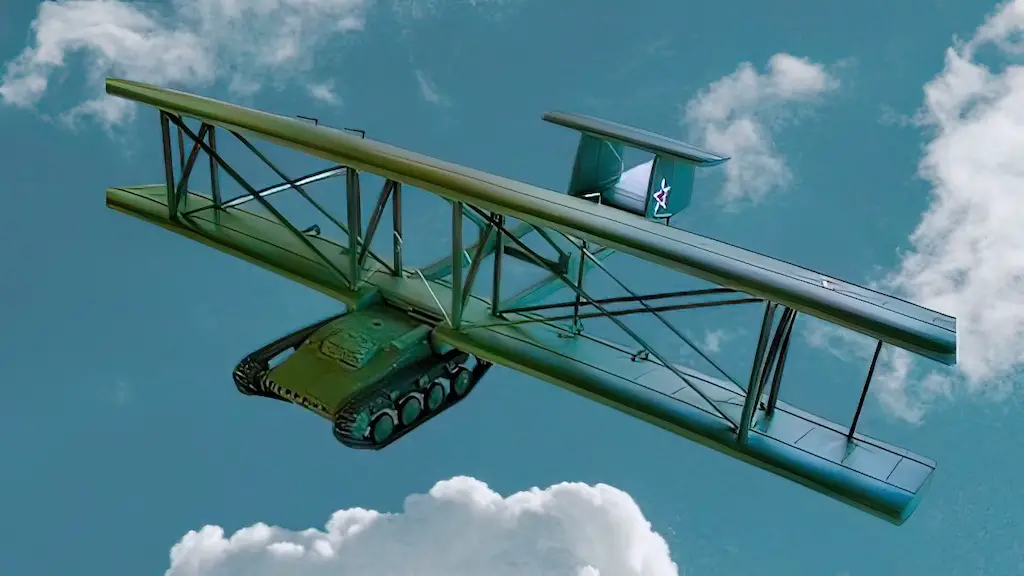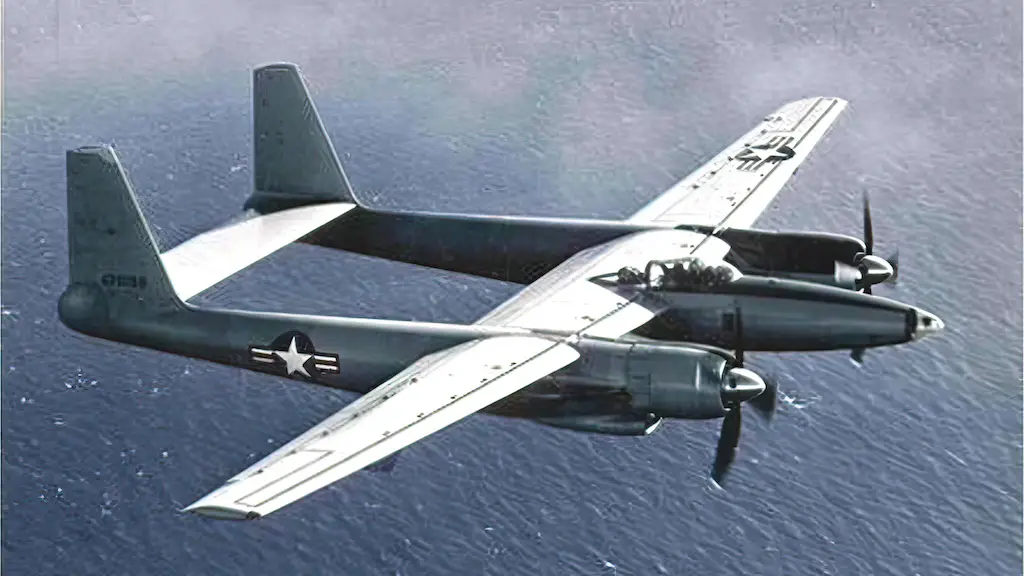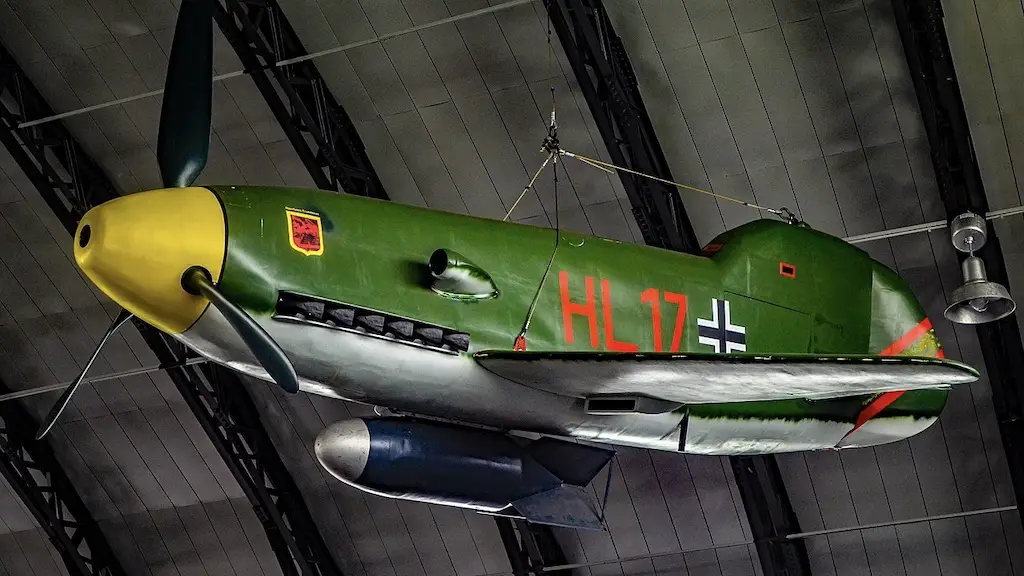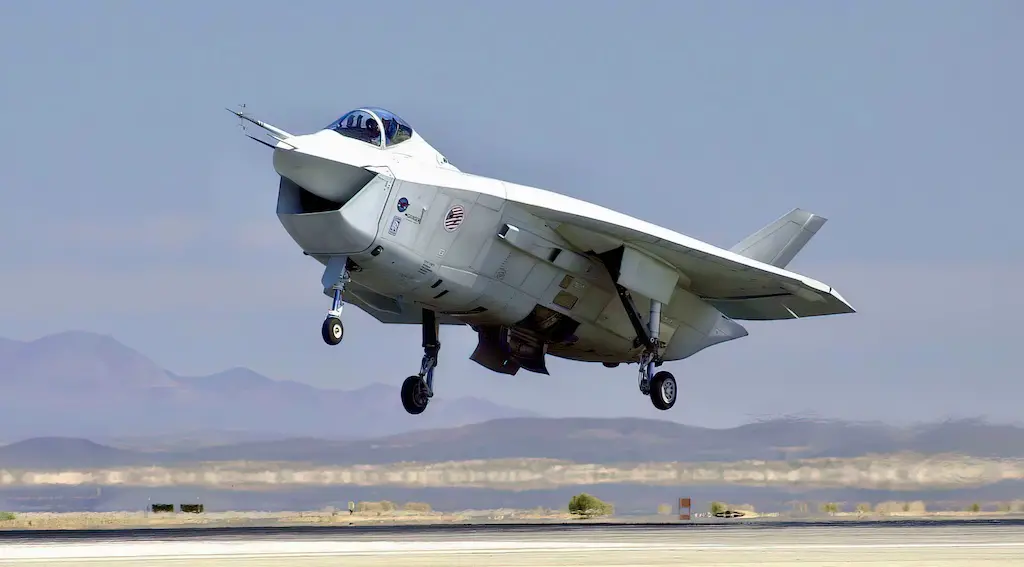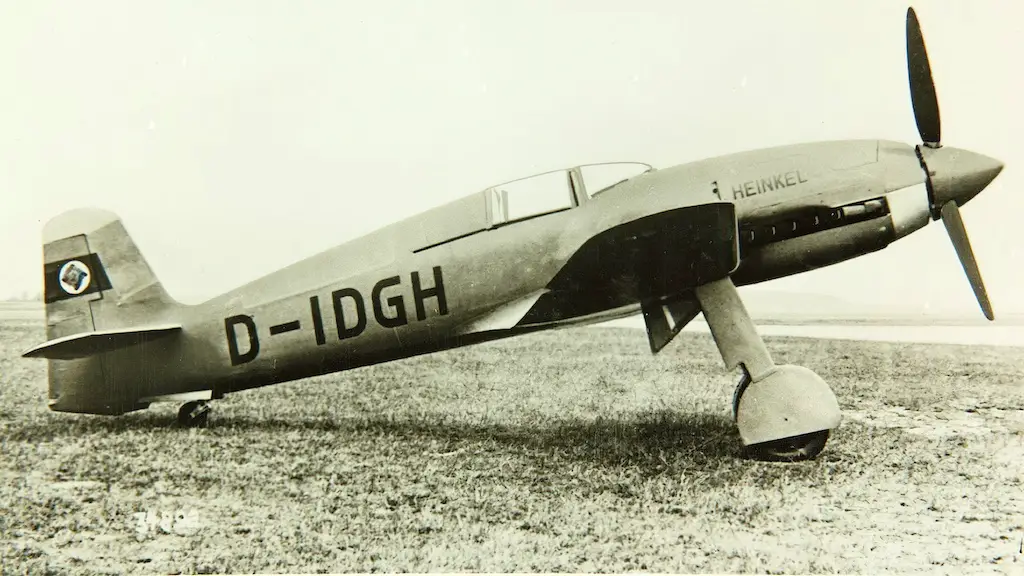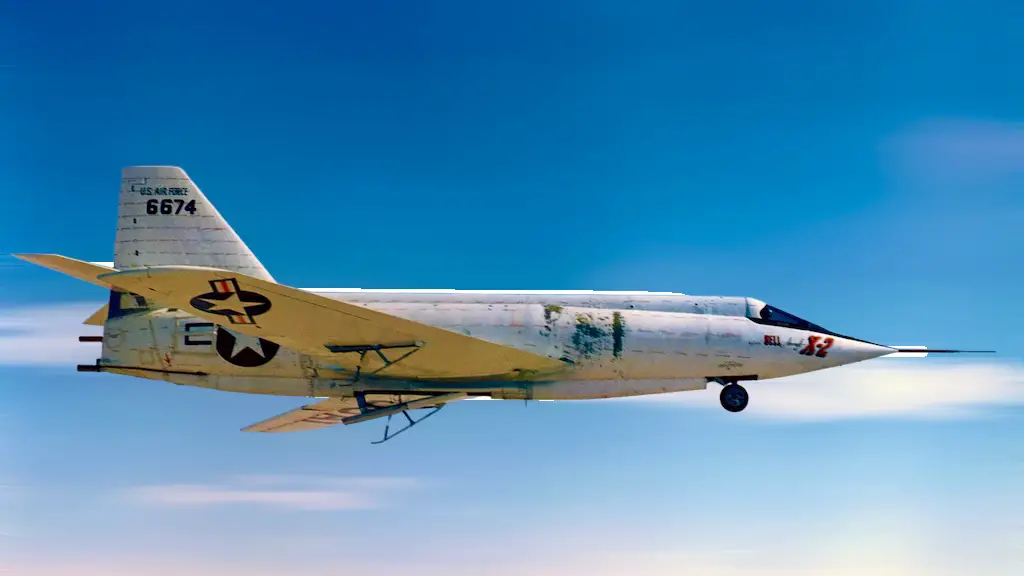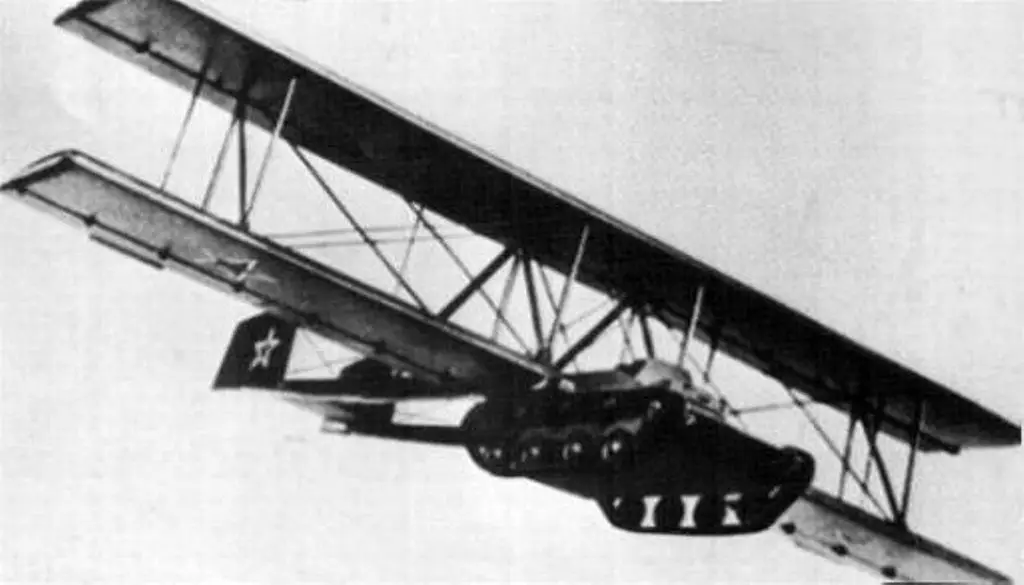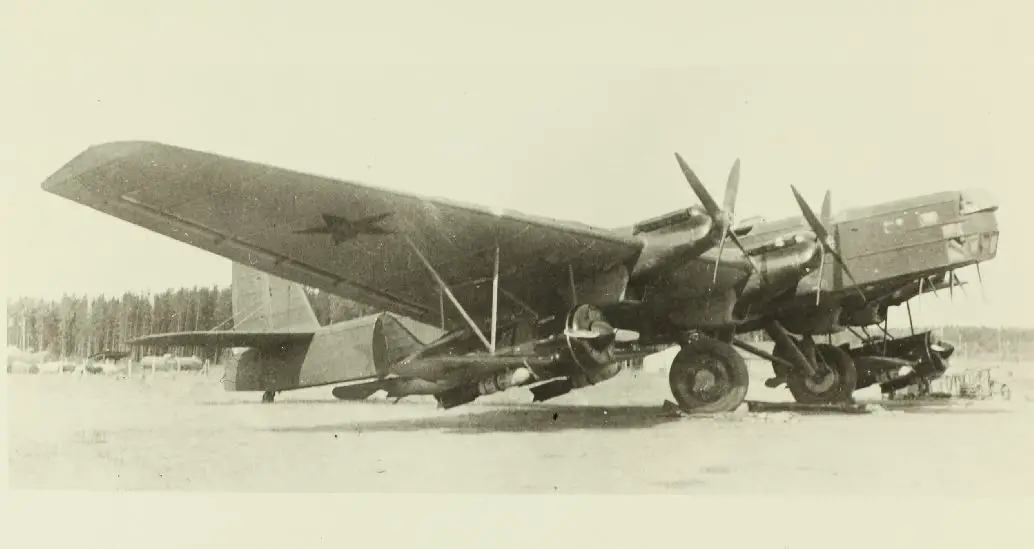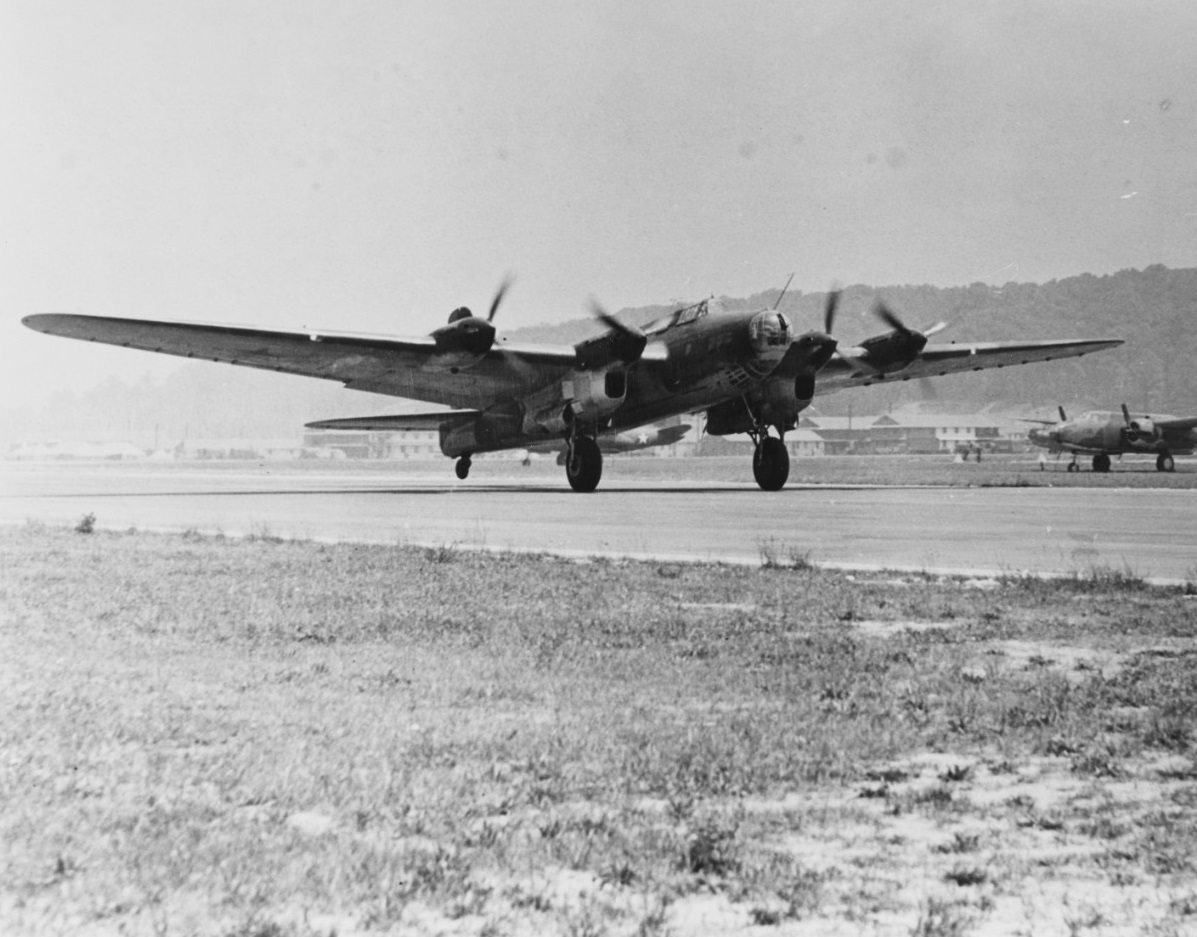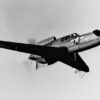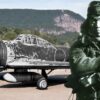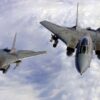In 1942, Soviet designers created a flying tank. That’s no metaphor: it was not a heavily armed attack aircraft with large caliber guns or anything like that. It was literally a tank with wings. The project aimed to provide tanks to guerillas fighting Germans far behind the lines. To make that hybrid, Antonov Design Bureau took the T-60 tank, designed an airframe and attached it to the armored machine. The whole thing named A-40 or Krylya Tanka (Tank’s Wings) was supposed to be towed by a tow plane. Preliminary calculations indicated that the idea was feasible. But did it work out in reality?
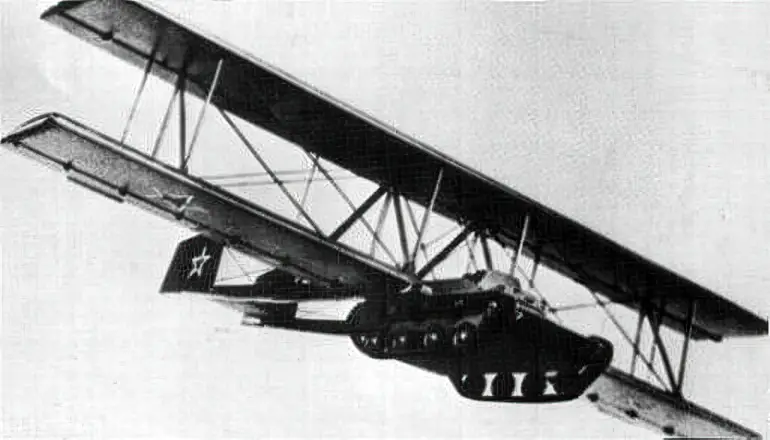
The tank
The tank chosen for the task was the T-60, a light scout tank introduced into service in 1941. Armed by a 20 mm autocannon and a 7.62 mm machine gun, it had armor ranging from 0.3in to 0.8in. That is, it didn’t have much firepower and was thinly armored, but for the partisans often fighting with only rifles or hunting shotguns in their hands, that would have been much better than nothing. On the other hand, the tank weighed only about six tons. One of the main Soviet tanks of the era, the T-34, had a mass of 26 tons. So, the T-60 had at least some chance of getting in the air. To make it even lighter, before the tests it was stripped of a great part of its equipment, including the autocannon.
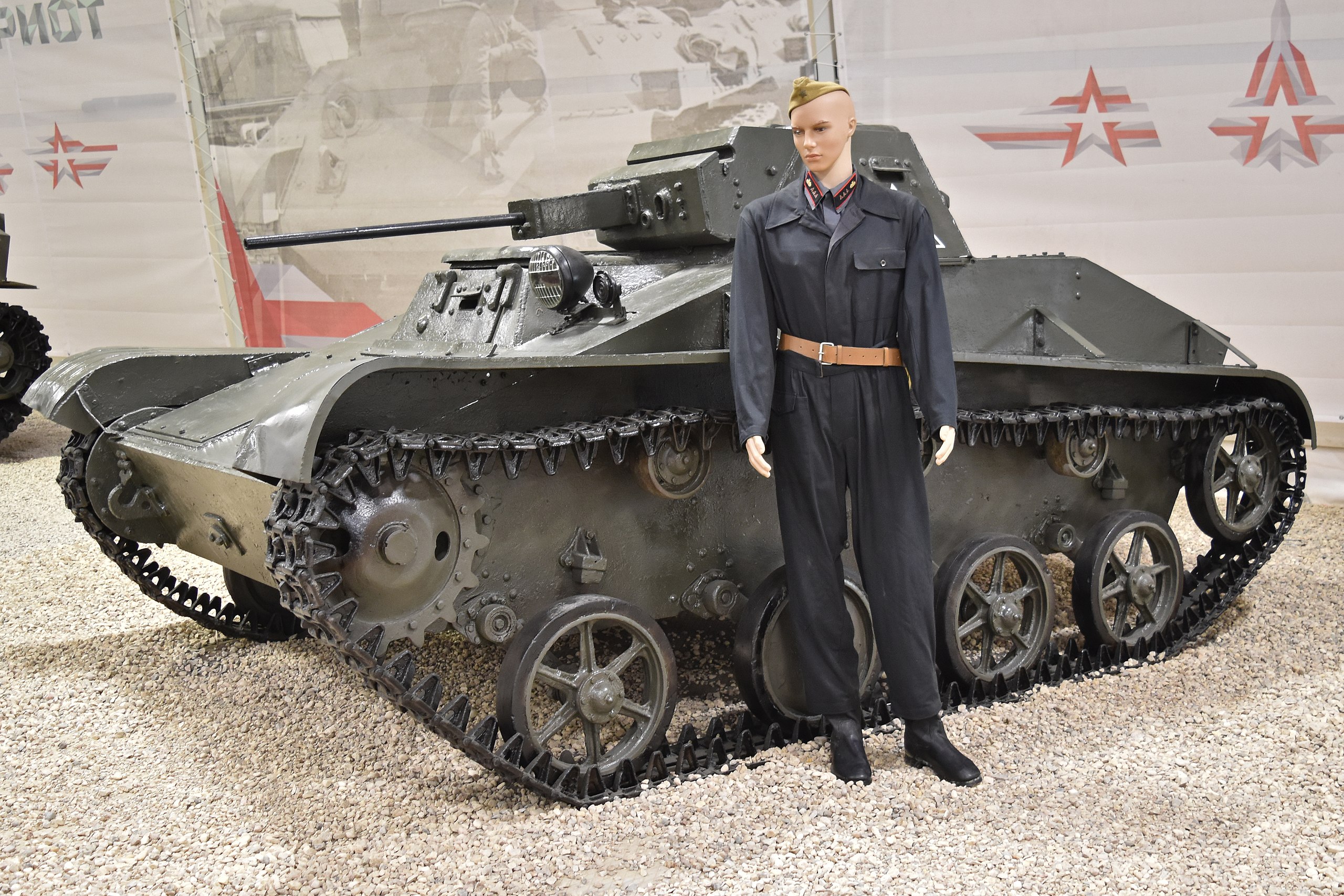
The airframe
The airframe, or cradle, inside which the tank was supposed to fly, featured large biplane wings made of wood and fabric and a twin-boom tail. It did not have a power plant of its own and was supposed to be towed by a tow plane. It would then be released to glide to the ground. Upon touching the ground, the crew would detach the airframe from the tank and continue operating as a regular tank.
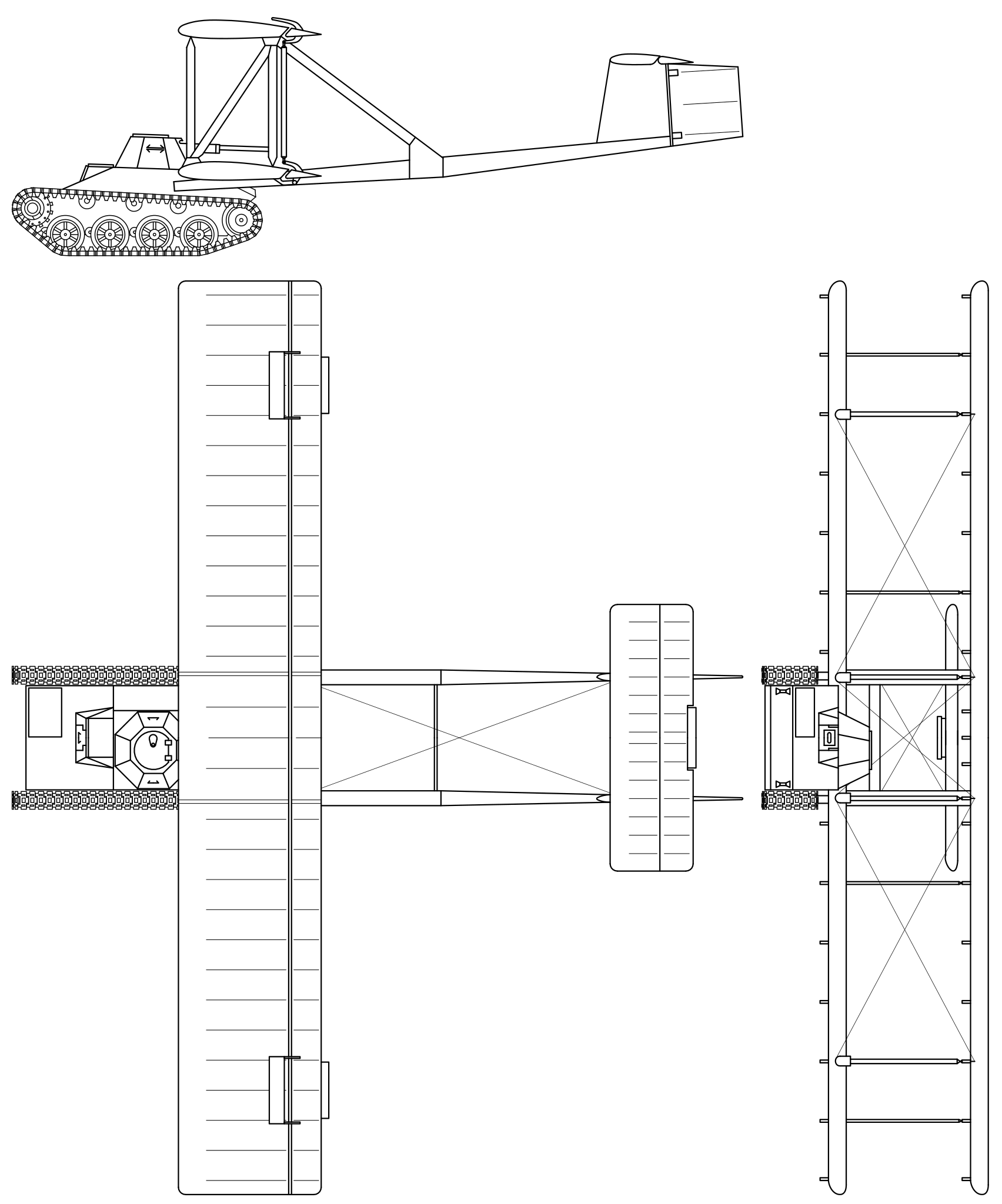
The tow plane
Such a heavy structure needed a powerful plane. Planes in the current Soviet inventory capable of the task included Tupolev TB-3 and TB-7 (later known as Petlyakov Pe-8) heavy four-engine bombers. The TB-7 was much more advanced and featured 1,340-hp engines, but only a handful of them had been produced by the time and they were too important as bombers to use them in the tow plane role. So, a TB-3 was chosen for the tests. It had upgraded engines, each of them boasting 970 hp of power instead of standard 705 hp.
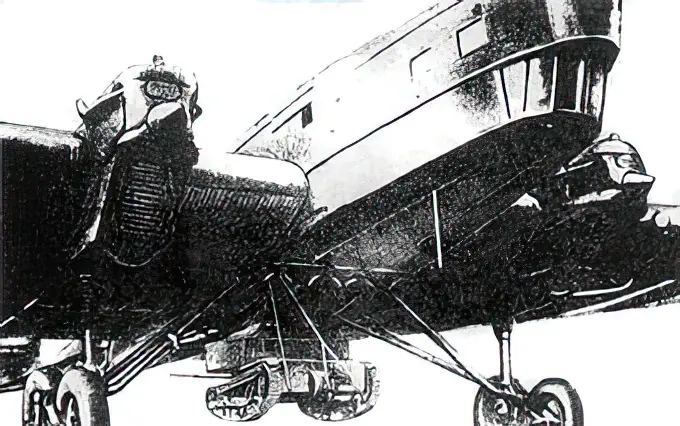
The test flight
After a series of taxiing trials, the A-40 and the TB-3 tow plane were set for the first flight on September 2, 1942. The TB-3 was piloted by Pavel Yeremeyev, and the tank glider by Sergey Anokhin. The tow plane and the glider took off normally and the glider was reportedly flying alright. However, its extreme weight and the amount of drag it created were quickly overstressing the TB-3’s engines. The tank’s turret had been turned to face backward, but that wasn’t much of a help. Flying at 80 mph they managed to reach just 130 ft of altitude.
It was soon clear that no more altitude nor speed could be gained. Worse yet, the pair started losing altitude and the TB-3’s engines were about to overheat. In these circumstances, Yeremeyev decided to release the glider. Luckily, the tank glider’s driver-pilot Anokhin managed to land his machine safely. Upon landing, he turned on the tank’s engine and drove to the nearest airfield, which wasn’t the one they took off, without detaching the wings. There airfield guards, who had not been warned about the experiment, detained the strange machine’s operator and kept him in custody until the Flight Research Institute’s team arrived and cleared the matter.
The test thus showed two things: the idea was, indeed, feasible, but its realization would require a much more powerful tow plane. Given the difficulties in procuring the latter, the Soviet administration abandoned the project. In 1943, the British tested a similar concept called Baynes Bat. However, due to the lack of a suitable tank and general precariousness of such craft, the project was abandoned as well. And in the following years and decades advances in the technology of parachuting heavy equipment from transport planes left little room for such offbeat solutions as winged tanks.

